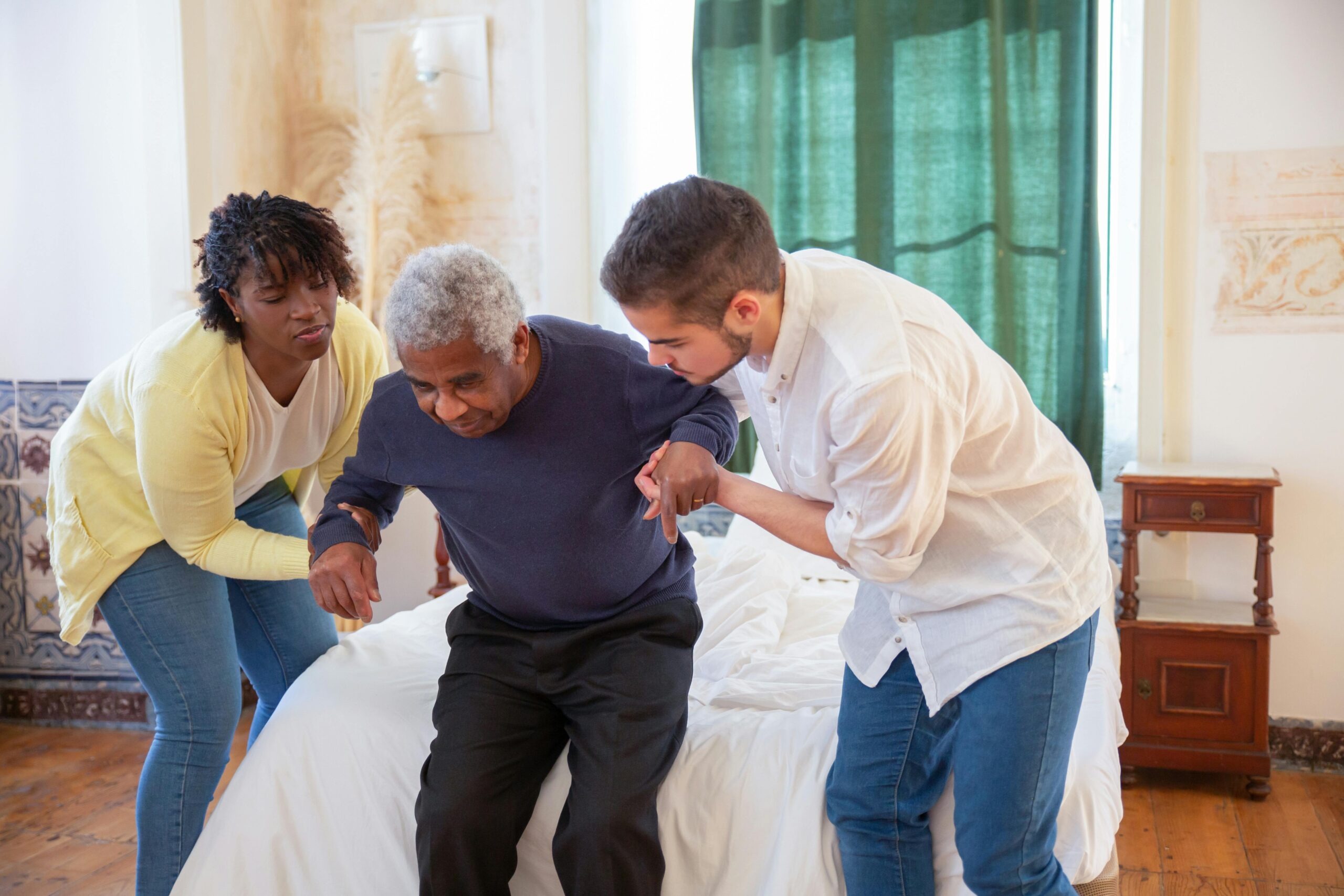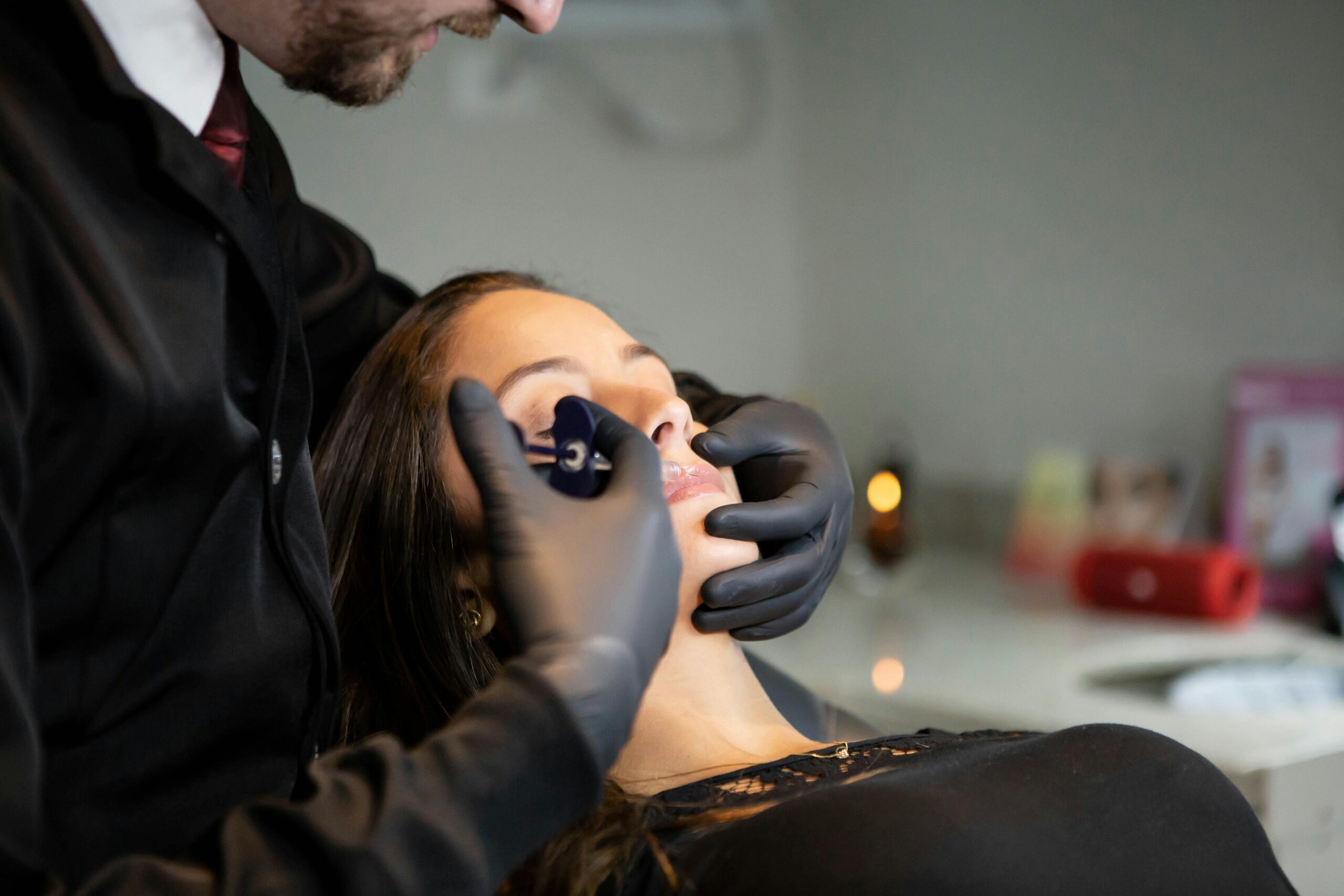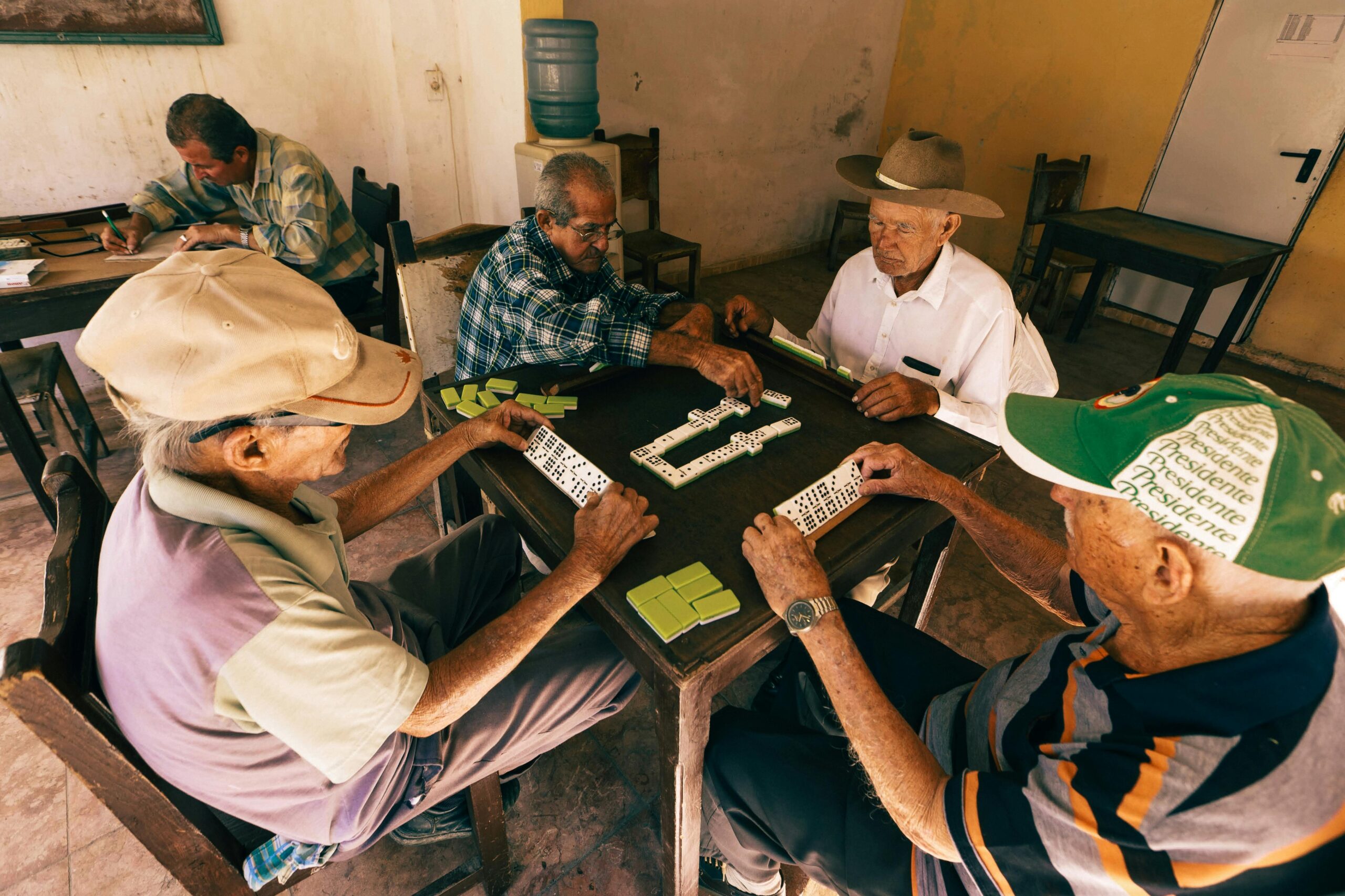Unfiltered and Undervalued:
The Silent Struggle of Growing Older
Author: Dr. Julie. Sorenson, DMFT, MA, LPC
Redefining What It Means to Grow Older
Aging is a journey that intertwines biology, emotion, and culture. It is not the end of vitality but a redefinition of it. While it brings undeniable difficulties, it also provides opportunities to grow into one’s truest self.
We can choose to see aging not as losing something, but as gaining perspective, wisdom, and gratitude. After all, growing older is a privilege denied to many. By challenging ageism, celebrating resilience, and embracing change, we can redefine what it means to age—with dignity, confidence, and joy.
In the end, the truth is simple: aging is better than the alternative.
Aging in a Youth-Focused World: Navigating the Physical, Emotional, and Social Challenges of Getting Older
Aging is one of life’s few certainties, yet it’s often met with resistance, fear, and even shame. In a society obsessed with appearance and youth, growing older can feel like slipping out of the frame. Wrinkles, gray hair, and slower steps are too often viewed as signs of decline rather than markers of experience. While physical changes are inevitable, the emotional and social challenges of aging are less visible—and far less discussed.
It’s time to change that narrative. We need to stop treating aging as something to fight and start seeing it as something to understand, honor, and embrace.
The Physical Realities of Aging
Our bodies tell the story of our years—sometimes more loudly than we’d like. Reduced muscle mass, decreased bone density, slower metabolism, and changes in skin elasticity and vision are all natural parts of the aging process (National Institute on Aging [NIA], 2020). These changes can affect mobility, independence, and self-esteem, especially when they limit once-loved activities.
Older adults are also more likely to face chronic conditions such as arthritis, cardiovascular disease, cognitive decline, and increased risk of falls (Centers for Disease Control and Prevention [CDC], 2022). Fatigue and slower recovery times often mean rethinking daily routines, exercise habits, and diet.
These adjustments, while challenging, can also become acts of empowerment. Staying active, eating well, and prioritizing rest aren’t just “health tips”—they’re ways to honor the body’s evolving needs.

The Emotional Landscape of Aging
Aging isn’t only physical, it’s deeply emotional. Many older adults wrestle with feelings of loss: loss of youth, health, loved ones, or even a sense of purpose. Retirement, reduced social circles, or children leaving home can contribute to loneliness and disconnection (Cohen-Mansfield et al., 2016). As time passes, the absence of friends or partners can deepen that sense of emptiness.
Depression and anxiety can become more common in later years, especially when social support is lacking or physical limitations increase (Fiske et al., 2009). Ageism—the quiet but persistent bias against older adults—only compounds these struggles. When society sends the message that aging equals irrelevance, it’s easy for individuals to internalize those beliefs, leading to lower self-esteem and decreased well-being (Levy & Macdonald, 2016).
Recognizing these emotions isn’t a sign of weakness—it’s the first step toward resilience.
Society’s Obsession with Youth and Beauty

Scroll through social media, flip through a magazine, or watch a commercial, and one thing is clear: our culture glorifies youth. Western media often equates beauty, success, and desirability with being young. Older adults, if they’re visible at all, are often portrayed as frail, forgetful, or out of touch.
This youth-centered mindset reinforces the idea that aging should be hidden or “corrected” through cosmetic fixes and anti-aging products. Research shows that such exposure to youth-centric imagery can significantly impact how older individuals view themselves and their appearance (Halliwell & Dittmar, 2003). For many women, especially, “appearance-based ageism” creates an unfair double bind: the expectation to look young, even when celebrating the wisdom of age.
It’s time we rewrite that script. Every line, every wrinkle, every story etched into a face is a testament to survival and strength—not something to erase.
Reframing Aging: From Decline to Growth
Despite the challenges, aging can bring clarity, purpose, and peace that youth rarely allows. Many people find that growing older offers a new kind of freedom—the ability to prioritize what truly matters, let go of superficial concerns, and cultivate gratitude.
Developing emotional resilience means embracing aging with acceptance and curiosity rather than denial. Some ways to do that include:

Stay Connected
Join community groups, volunteer, or pursue hobbies that foster social engagement.
Nurture Your Body
Choose age-appropriate exercise, balanced nutrition, and adequate rest.
Challenge Internalized Ageism.
Seek out positive and diverse representations of older adults in media.
Practice Mindfulness and Gratitude
These habits can boost life satisfaction and reduce anxiety (Lomas et al., 2015).
Seek Support When Needed
Therapy or support groups can help process transitions like retirement or the loss of loved ones.
Redefining What It Means to Grow Older
Aging is a journey that intertwines biology, emotion, and culture. It is not the end of vitality but a redefinition of it. While it brings undeniable difficulties, it also provides opportunities to grow into one’s truest self.
We can choose to see aging not as losing something, but as gaining perspective, wisdom, and gratitude. After all, growing older is a privilege denied to many. By challenging ageism, celebrating resilience, and embracing change, we can redefine what it means to age—with dignity, confidence, and joy.
In the end, the truth is simple: aging is better than the alternative.
References
Centers for Disease Control and Prevention. (2022). Healthy aging: Helping people to live long and productive lives and enjoy a good quality of life. https://www.cdc.gov/
Cohen-Mansfield, J., Hazan, H., Lerman, Y., & Shalom, V. (2016). Correlates and predictors of loneliness in older adults: A review of quantitative results informed by qualitative insights. International Psychogeriatrics, 28(4), 557–576. https://doi.org/10.1017/S1041610215001532
Fiske, A., Wetherell, J. L., & Gatz, M. (2009). Depression in older adults. Annual Review of Clinical Psychology, 5(1), 363–389. https://doi.org/10.1146/annurev.clinpsy.032408.153621
Halliwell, E., & Dittmar, H. (2003). A qualitative investigation of women’s accounts of their body image development in adulthood. Psychology of Women Quarterly, 27(4), 308–317. https://doi.org/10.1111/1471-6402.00110
Levy, S. R., & Macdonald, J. L. (2016). Progress on understanding ageism. Journal of Social Issues, 72(1), 5–25. https://doi.org/10.1111/josi.12153
Lomas, T., Hefferon, K., & Ivtzan, I. (2015). The LIFE model: A meta-framework for integrating the humanistic and positive psychology traditions. Review of General Psychology, 19(1), 42–58. https://doi.org/10.1037/gpr0000030
National Institute on Aging. (2020). Biological basis of aging. https://www.nia.nih.gov/
